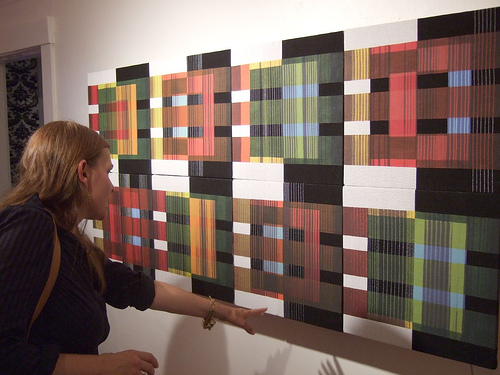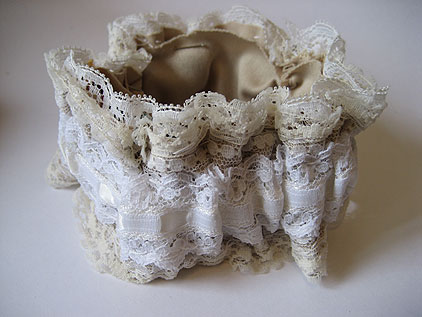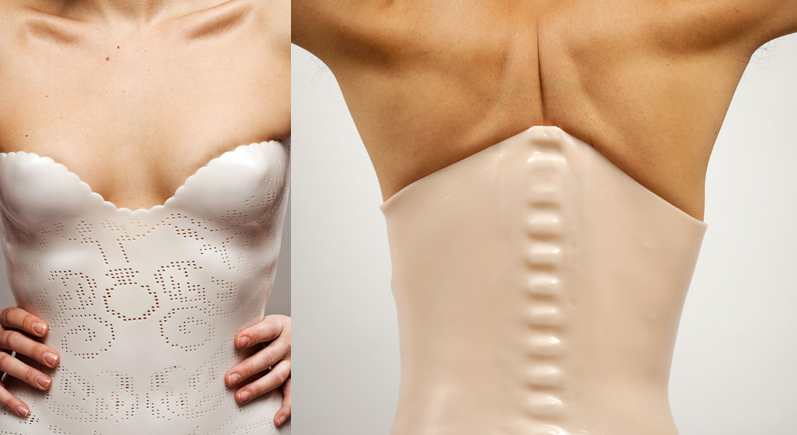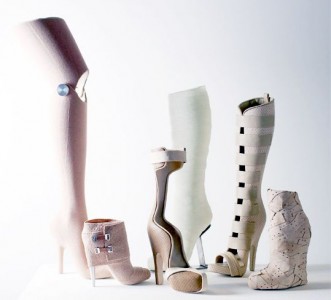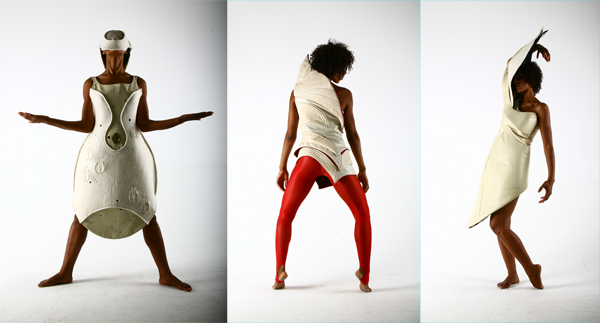Maggie Orth, founder of International Fashion Machines, has been working with soft computing and e-textiles. Her project, Running Plaid, explores the use of thermochromatic inks (color changing inks) incorporated into the textiles. The behavior is a fascinating visual shift in pattern and color coming from the yarns woven into the textile itself that behaves similar to a low-res textile display.
The opportunity is ripe for creating ambient soft displays integrated directly into the aesthetics of garments. Imagine weaving in RGB threads (red, green, and blue that make up the color pixels used in a color monitor display, for instance) to create a full color low-res soft textile screen that can be woven and sewn into any shape and incorporated directly into the pattern construction of any garment.
